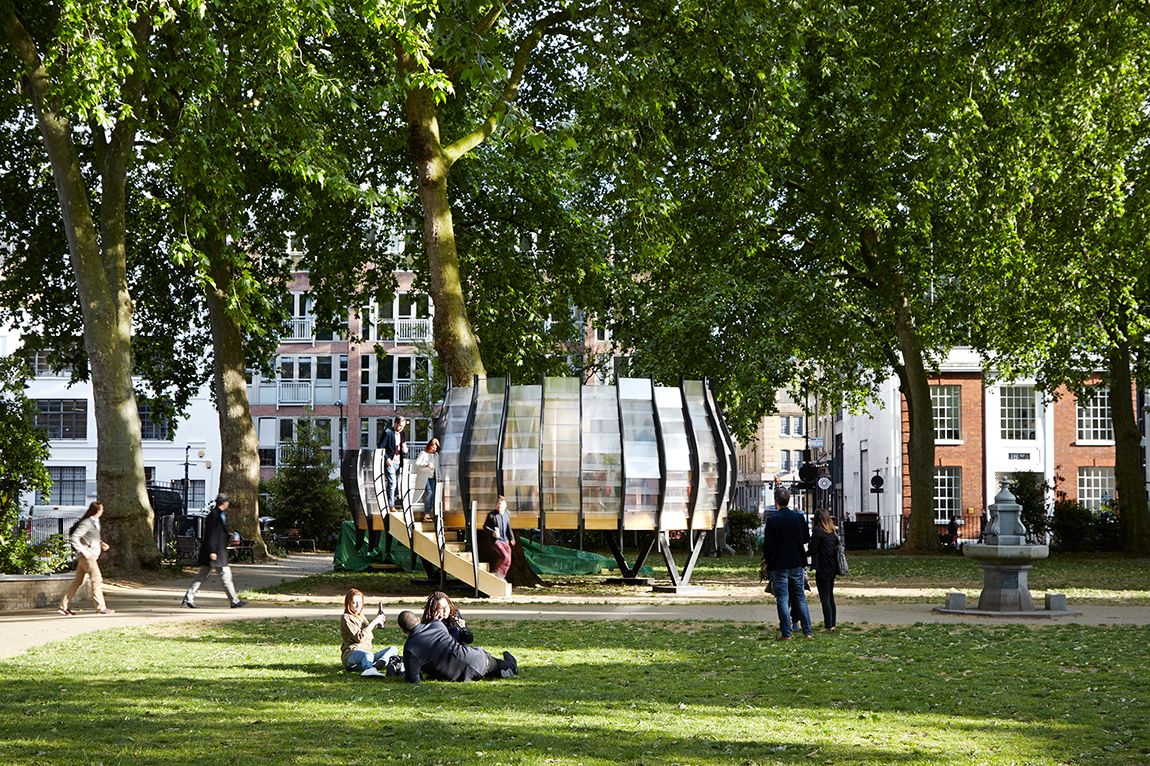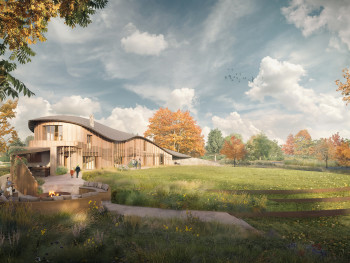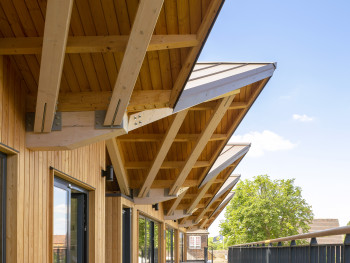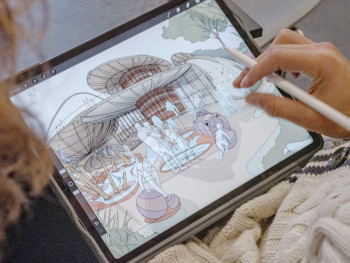What is the point of green spaces?
One of the great aspects of London is how easily we can access green landscaped spaces. We have many tree-lined streets, squares, parks, playgrounds, pocket parks (some guerilla), all integrated into quite a dense urban fabric. These have immensely positive benefits for wellbeing and make me grateful to live in such an amazing city.
However, many local authorities are having to make difficult funding decisions at the moment and maintaining our green spaces has to form part of their decision making process. It is very easy to simply state how important green infrastructure is, but I believe it is vital that we define what we think our green spaces are for, so that we know how we should protect them. For example are such spaces simply for us to experience nature as an experiential adjunct to city living? Are they for community activities like sport or education? Is it acceptable to incorporate commercial activities and if so, what is the right balance for these? As funding pressures become acute we need to start generating answers to these questions.
We have had some experience of trying for a solution in this field. Our TREExOFFICE project was installed in Hoxton Square in the summer of 2015 for Hackney Council. It was a co-working treehouse space, carefully constructed around a beautiful London Plane tree to cause absolutely no harm to the tree. The scheme was a joint project with the artists Natalie Jeremenko and Shuster Mosely, and the idea was to generate income by renting out the space for meetings or work sessions, to the surrounding tech-firms. This income would then be used to supplement the maintenance budget for the square (which is woefully inadequate). The structure was successfully delivered and was a magical working space that gained a lot of traction in the press. However, as it was only up for 4 months the structure only just managed to generate sufficient income to cover the project costs, so in truth it was not successful from a financial point of view.
Looking back on the TREExOFFICE project, I have reflected on what an alternative route to securing extra funding for the square would look like. This could range from very architectural solutions, such as a more permanent structure, to ones with no architecture at all such as a festival or simply a fundraising drive amongst the local residents. But I come back to my central point earlier, what is Hoxton Square for? If it is just about experiencing nature then we need to find the funding, in total, right now, to maintain it. If the answer is more nuanced then we need to have a clear debate to establish where the balance lies between a commercially viable space and the experience of all those who live in and around the local area.
In 2017, we organised a Green Sky Thinking event with Hackney Council, Arup and Studio Octopi to start answering these difficult questions, and the range of potential funding solutions for green infrastructure was fascinating. The grass roots support for parks in the USA was particularly thought provoking, and made me realise that we must not be complacent about our parks. We really do need to start thinking in more innovative ways how we can create, keep and maintain our green spaces as a central part of our urban fabric.
Jerry Tate, Partner




